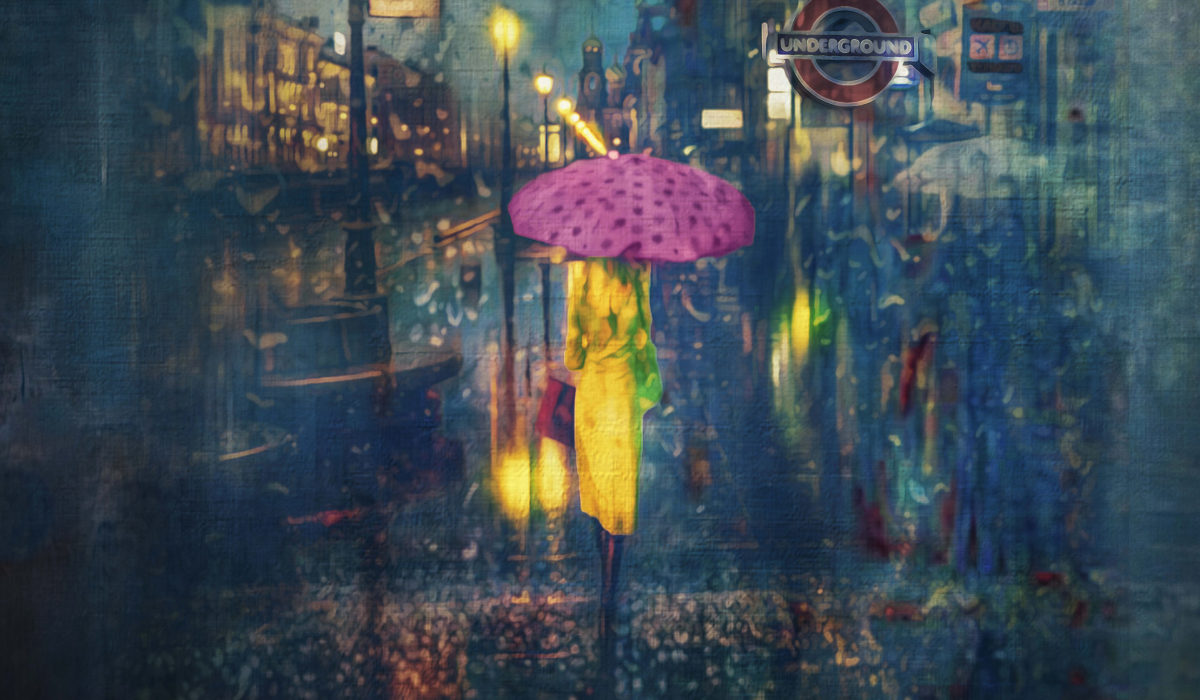— The featured artist of Issue 43 of Living the Photo Artistic Life magazine, AWAKE artist Nicholas Sweet-Rogers (London, England), has been creating an invigorating and wide-ranging body of work this past year, and we’ve only seen the beginning of where his talent is to take him. Enjoy my interview with Nicholas here on Quill and Camera!
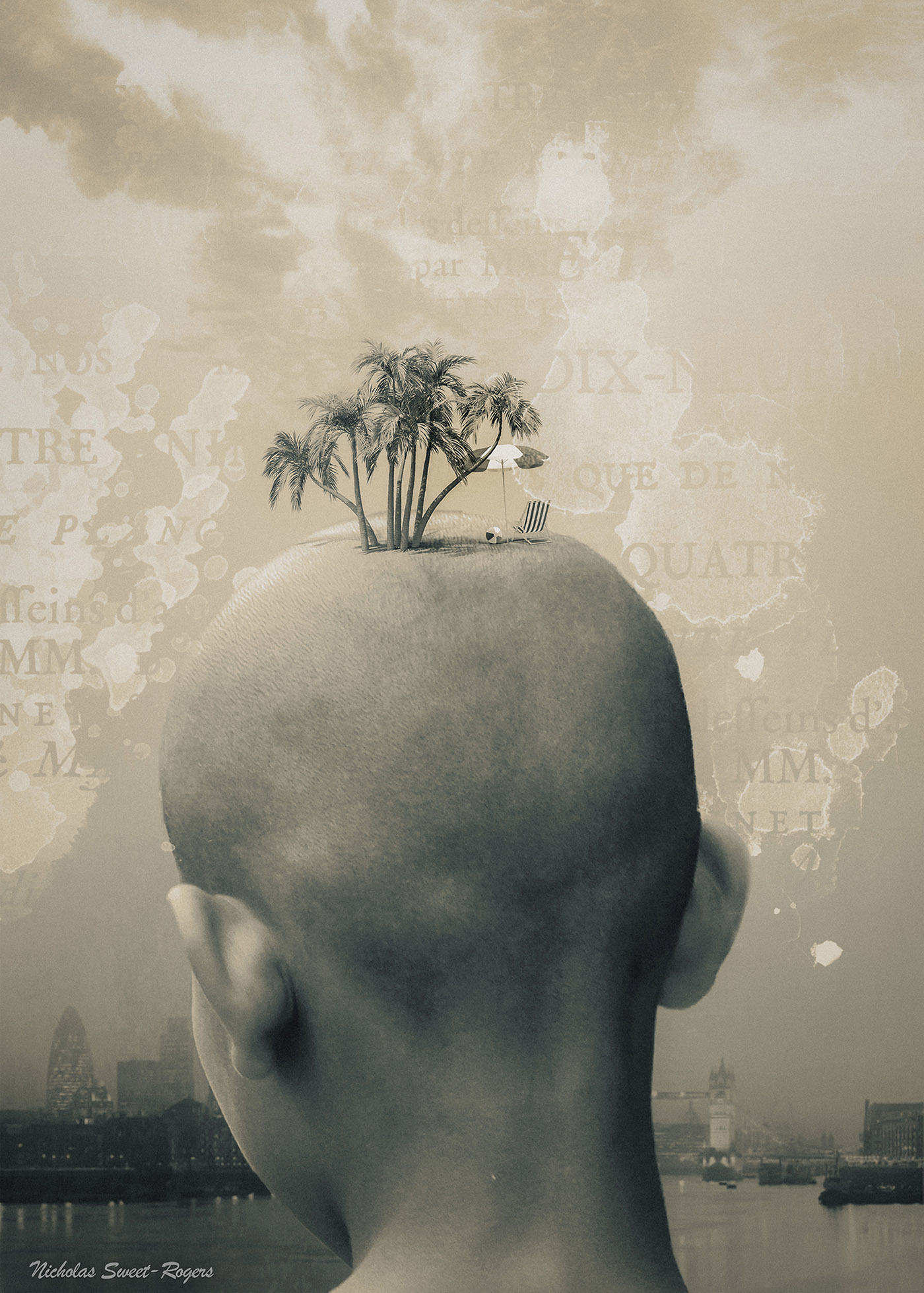
Q. What was it that got you started in digital photo artistry?
I’ve been a keen photographer since the advent of digital cameras. The fact that each image could be checked immediately on the LCD screen allowed me to learn about all aspects of photography through experimenting, which suited the way I learned best. As a result, I quickly moved on to a DSLR camera and started shooting in manual mode. However I was also aware that there was another digital technology for “developing” these photographs, one which I hadn’t invested the time in learning.
So a few years ago, when I took the opportunity of early retirement, I decided that I wanted to learn a new skill and signed up for an introductory Photoshop course at a local night school with a view of using this to improve the look of photographs I’d taken. The course was very basic and did little more than introduce some of the fundamental concepts of using Photoshop however, so after the course I continued to teach myself through free videos I found on YouTube, always with the intention of improving my own photographs.
Within a month or so I found that I was beginning to experiment with compositing and making my own art. I found this really exciting and absorbing. I had never considered myself to be a creative person, but finding this medium to express myself unleashed a tsunami of creativity. One of the biggest surprises for me was the feeling of sheer joy that being creative brings you. Although not a religious person, I do consider myself to be a spiritual being and there is a direct link for me between those spiritual feelings and the process of creativity.
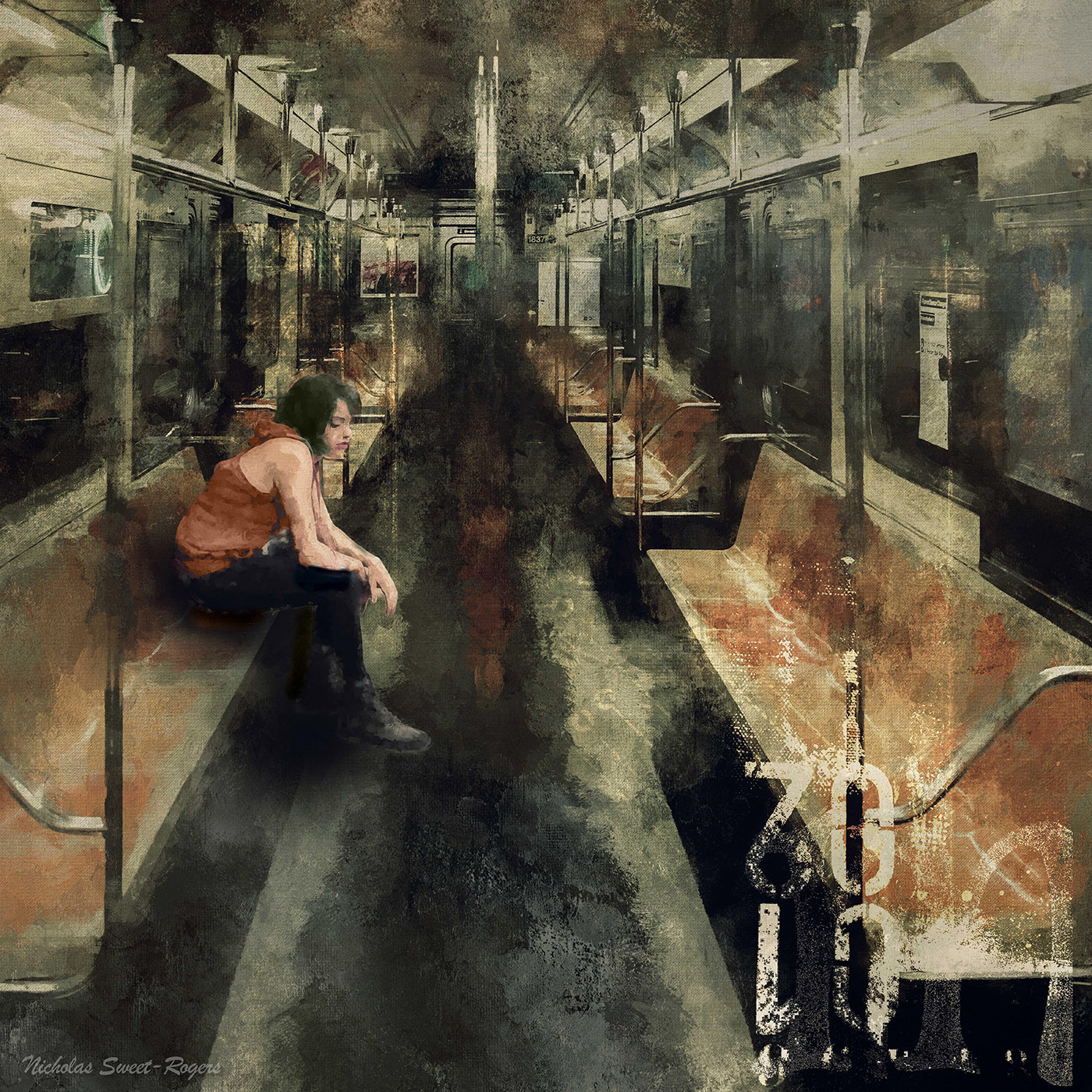
By chance I soon came across an advert for the Photoshop Artistry course and I didn’t hesitate for a moment to sign up. I consider this to be one of the best decisions of my life, as not only did it show me how Photoshop could be used in a more artistic way, it also put me in touch with a community of people also passionate about exploring this artistic medium.
Q. What is it that most inspires your work?
Many things inspire me. Anymore, a day without an act of creation is a wasted day. Like any artist, not everything I do is successful … I know what I want to express but I can’t always seem to get that to come across in the picture I am creating. When that happens I just shrug my shoulders and move on to the next project. But the inspiration itself can come from many sources — might be an image I see on the TV, or something I see in a film, or could be a passage I read in a book or a newspaper, or possibly something I see on a visit to a gallery or while simply out in the street walking my dog. Inspiration is everywhere. You just have to be open to it.
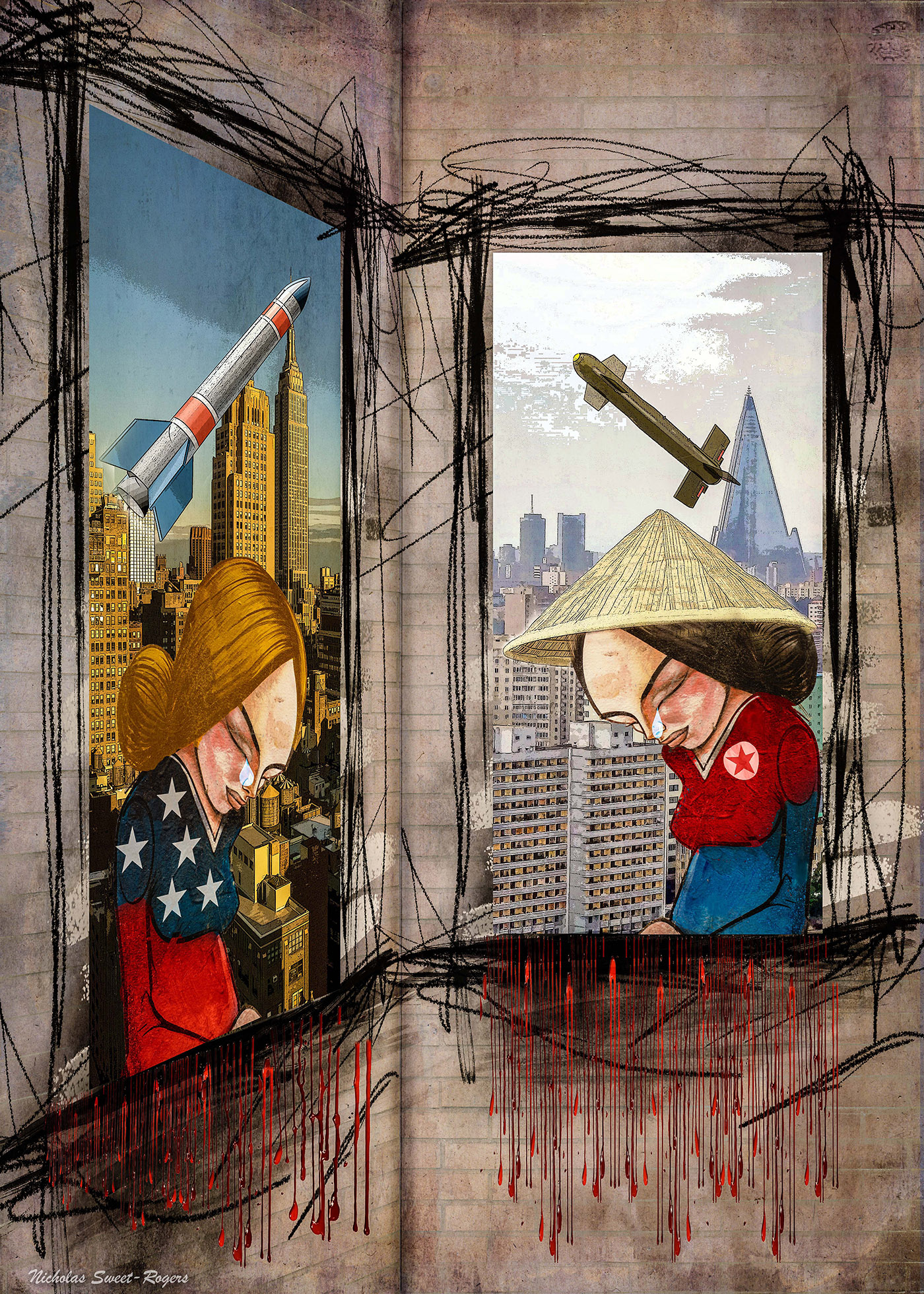
Q. What does living a photo artistic life mean to you?
We live in a beautiful world, and “living the photo artistic life” for me means having my eyes wide open and seeing beauty and imaginative possibilities where often others may not. An artistic life for me is being able to express myself creatively and to show everyone what is in my soul. It means getting lost in time creating something from nothing, and experiencing a deep sense of joy both in the process itself and in the final product. I love the feeling that you have when you’re immersed in creating … and how, in that moment, nothing else matters.
Q. How do you approach your artwork? Any particular process you return to when creating something?
I don’t have a set process for my work and I approach each piece differently. Sometimes I start with a background and build the work around that, while in other pieces I start with the main subject and see where that takes me.
What every piece has in common is that I take a structuralist approach to the work and group my layers together in “zones” throughout the picture. At a very basic level that would be background, middle ground, and foreground. However, these can be subdivided further depending on the picture. For a portrait, the foreground zone (which is usually the person) could be subdivided into hair, skin, clothes, etc. In this way it offers a great deal of control over the look and blend of the final piece. By taking a logical approach from the start it allows you to quickly make artistic changes to the look of the piece.
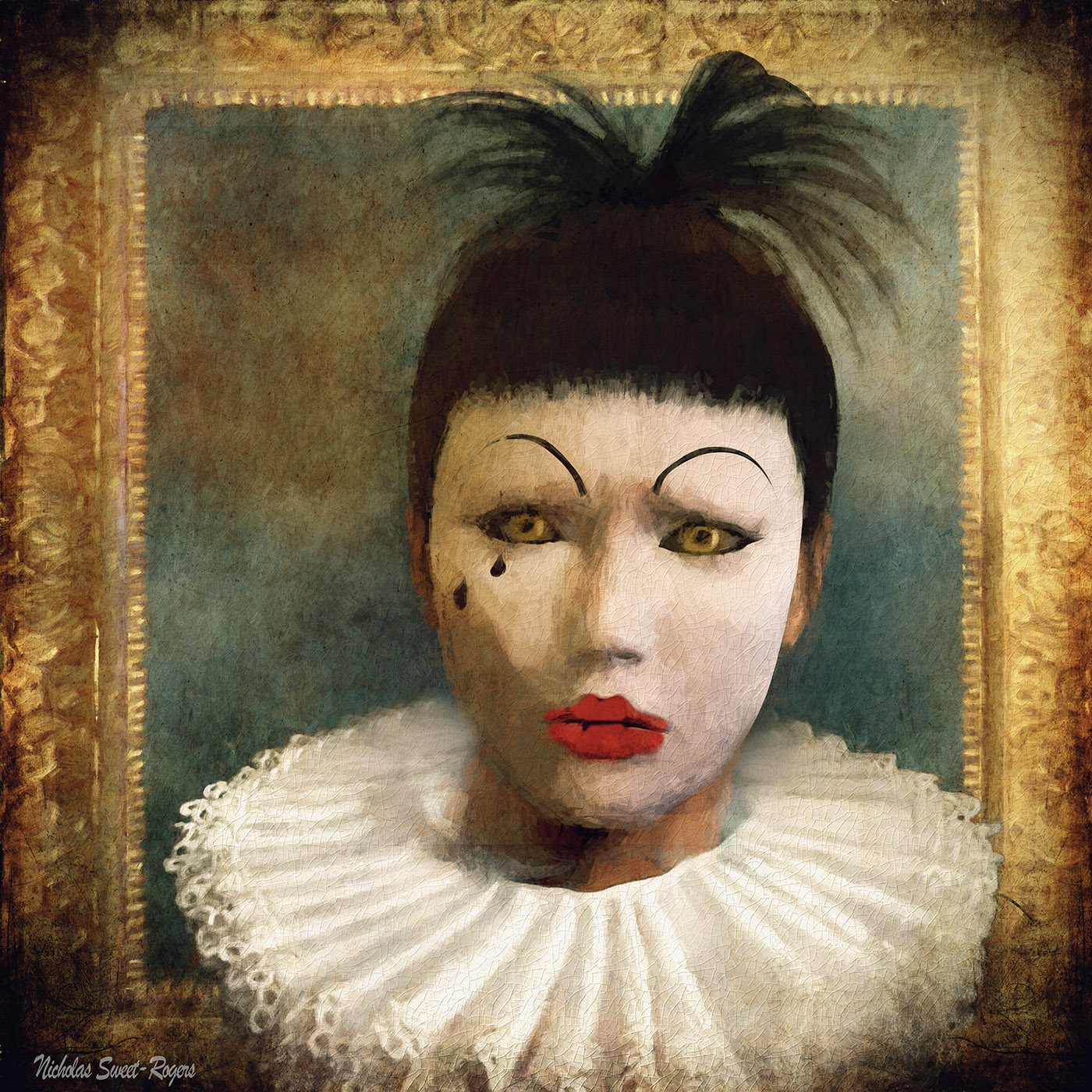
Q. What’s your next step as an artist?
I am very bad at promoting myself as an artist. However, I have set myself a target of increasing the visibility of my work. I am going to get more structured in my web presence and diversify where it is I sell my art. I have hardly ever invested in having my work printed and I definitely intend to address that this year, with the aim to having an exhibition somewhere in London. So watch this space!
Q. Any advice or tips you’d want to pass along to other aspiring digital artists?
I came into digital artistry with no idea that I had any artistic talent. I knew I could frame a picture well, but really that was about it. Only after hours and hours of producing work have I obtained the proficiency in my craft where I can now express my true artistry. There are no shortcuts. Honestly, it’s just practice, practice practice.
I’d add this as well . . . Never be afraid to publish your work and share it with your peers or put it out into the world in general. Taking that step and asking for feedback is a great way to learn and develop. That said, while it’s always encouraging when others like your work, don’t do it for them. Do it for yourself. Do it for the joy it brings you.

